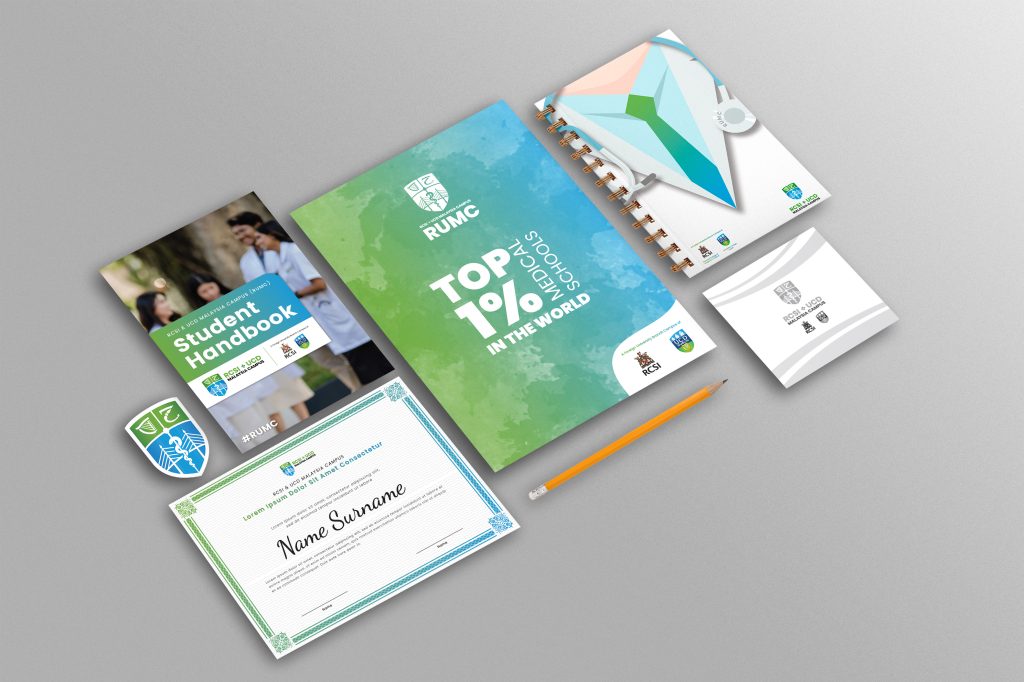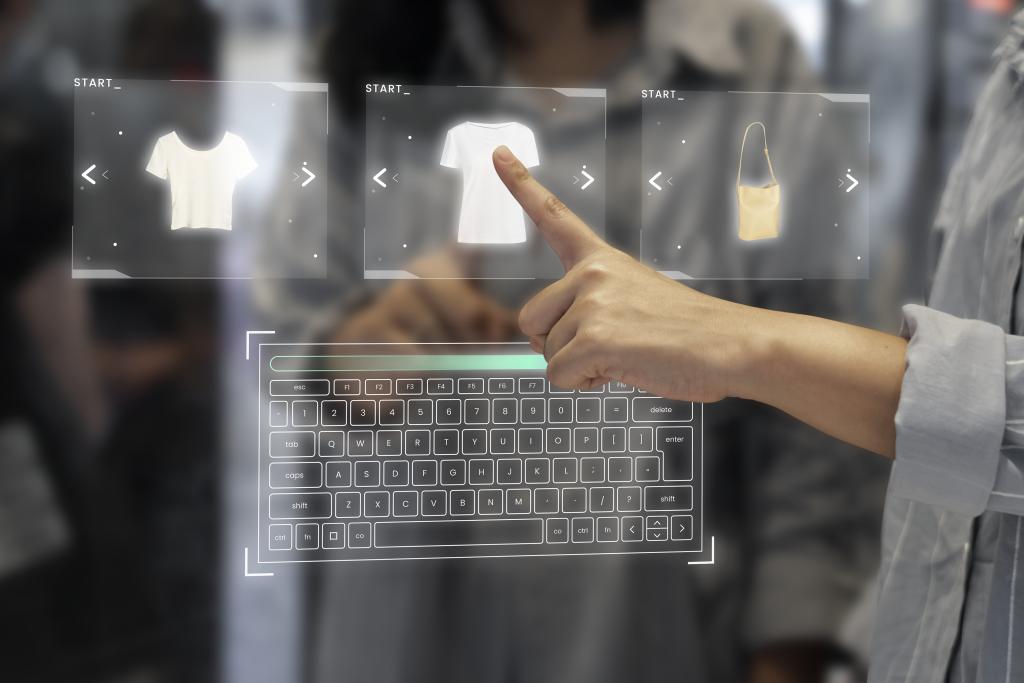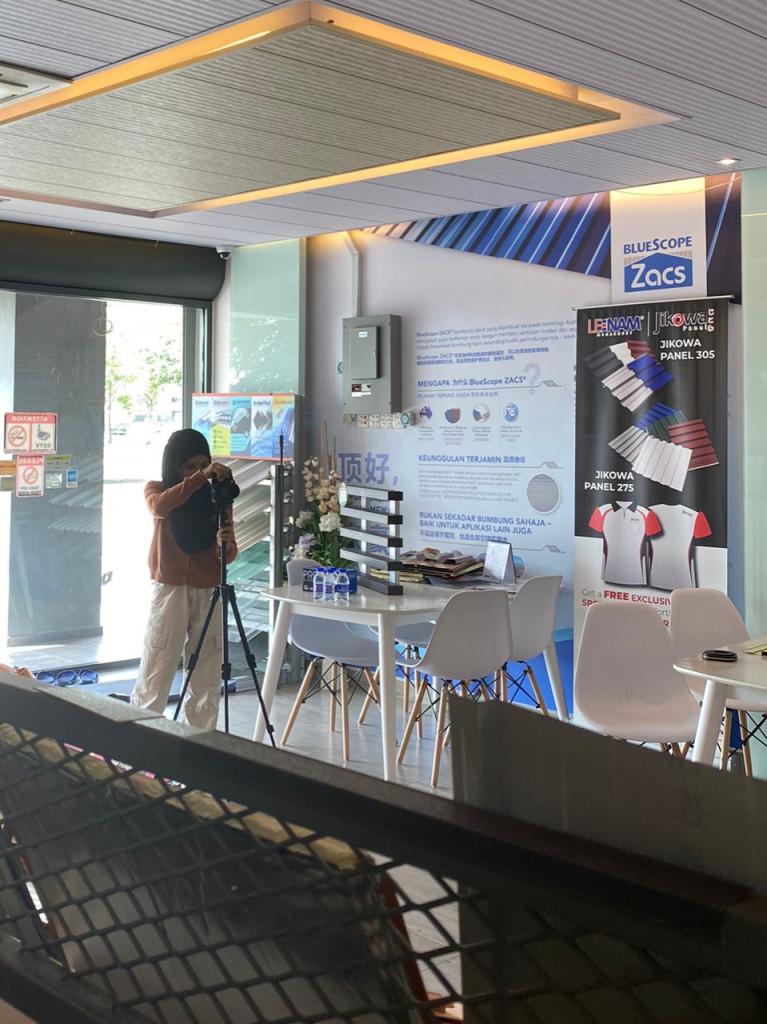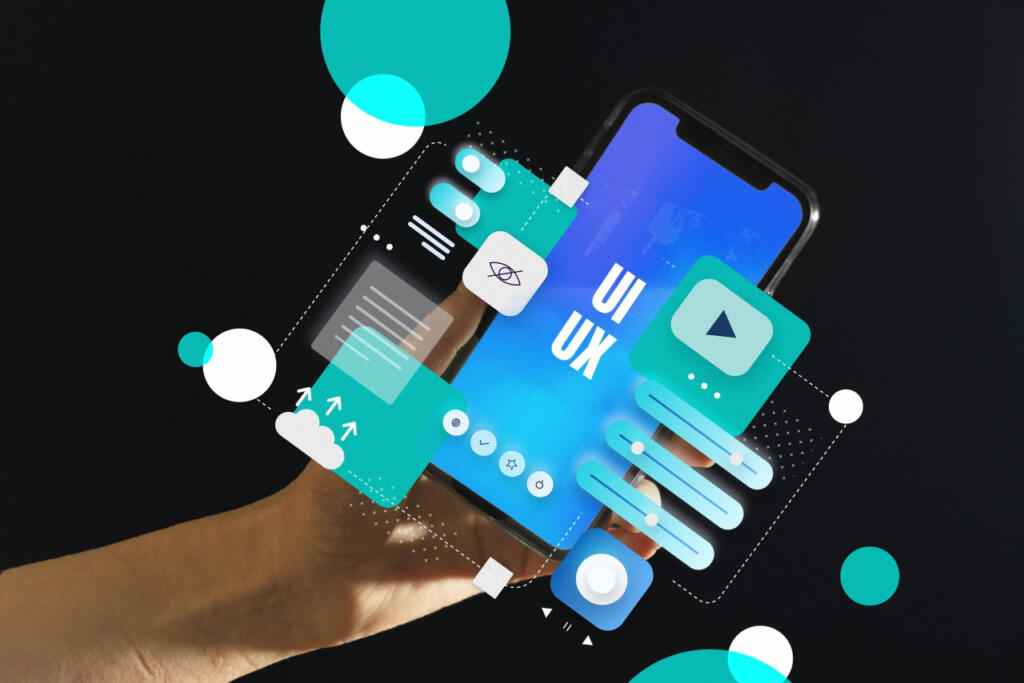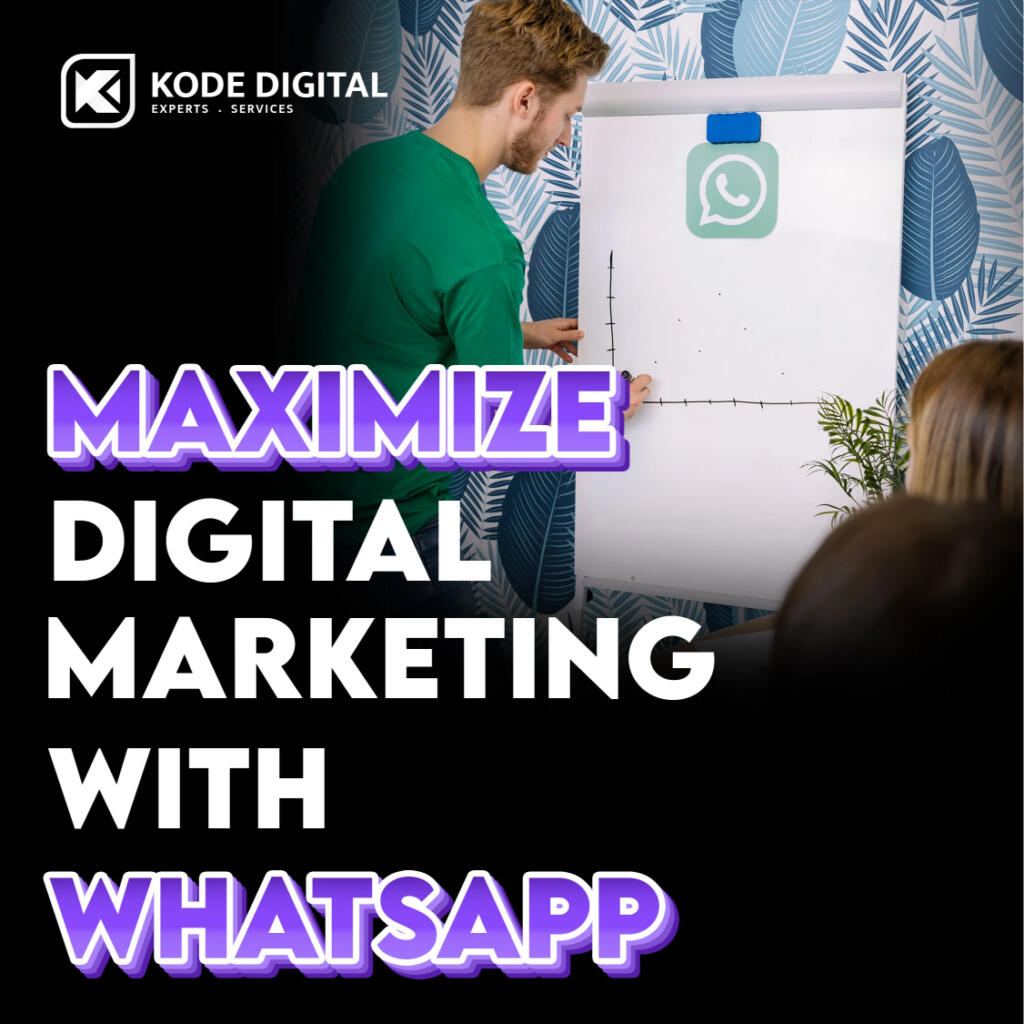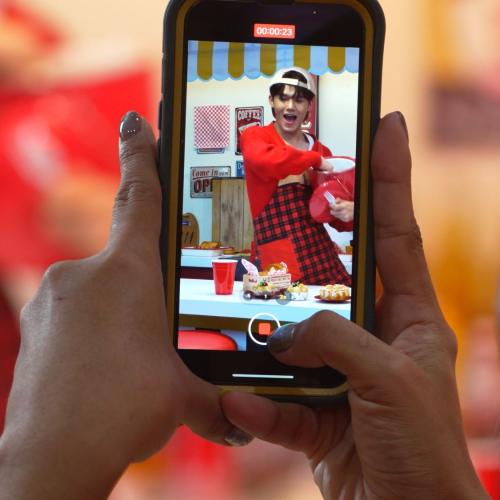Our top-tier consultancy services provide strategic guidance to elevate your entire digital presence.
Learn More
Contents
According to studies about business improvement, nowadays, most consumers prefer a more personalized or individualized experience. Essentially, a personalized customer experience is when you create an environment that is in line with the consumer’s browsing habits online among others. The main perk is that the consumer saves more time by having options of their preferences under the nose at all times.
Among the many innovations borne out of companies measuring customer experience and improving it, personalization is one of the most prominent and sought-after strategies out there.
But what exactly is personalization and how does a business implement this strategy to improve sales?
The Pros of Personalization in the Digital Age
In today’s data-driven world, personalization has become more than just a perk for business. It has grown to be one of the essentials in maximizing business performance. The demands of today’s high-tech markets have shown that consumers prefer the efficiency, speed, and convenience modern technology has to offer.
For those unfamiliar with the business strategy, personalization refers to a catered customer experience based on individual preferences and interests. We’re all already familiar with this for physical sales. Imagine your regular barbershop experience. You will usually have a go-to barber who knows your hairstyle and beauty preferences. It’s that investment or memory of your preferences that gets you invested or connected to that particular shop and keeps you coming back to it.
Personalization has become crucial today that we’re faced with a plethora of choices right at our fingertips. Consumer choices used to be limited decades ago when technology wasn’t so advanced. Now, it’s the survival of the fittest brands.
Since consumers have great liberty to explore and choose brands of their liking, companies now have to up their marketing game and compete for the consumers’ patronage.
There is no better way to clinch consumers’ loyalty than crafting personalized experiences based on their needs and interests and making their shopping journey a breeze.
Personalization by Amazon

Amazon, being the largest e-commerce hub on the World Wide Web, has taken the world by storm with its innovative framework for business. It has actually been using personalization for the purpose of a more robust process of customer retention and acquisition.
Some consider Amazon to be a pioneer of the personalized customer experience through its algorithms. It was able to give birth to norms in e-commerce that are prevalent now, such as the “top links” function which shows a list of links collated based on the user’s browsing and purchase history. Nowadays, these are also called “top searches” or “suggested links”.
Personalization by Netflix

When people think of personalization, probably Netflix is one of the top things that come to mind. There is more than 80% of shows and films streamed on Netflix present to users through their personalization algorithms.
For those dying to learn how Netflix does it, here’s what was crucial for Netflix with regards to their personalization strategy:
- A product strategy with concrete parameters and tactics
- A means to efficiently test hypotheses
- An environment that encourages risk-taking, curiosity, adventure
How to Personalize Your Own Customer Experience
We’ve dipped our toes in it as per Netflix’s experience. Why don’t we delve into how a business can really implement a personalization strategy best fit for its objectives? Whether for personalized e-commerce journeys or personalized corporate events, here are a few tips to help you start out.
1. Plan with a growth trajectory
Personalization is actually a growth strategy in itself. It has been proven that adopting personalization in your business not only retains your customer base but serves as the foundation for further customer base expansion through networks and word of mouth.
What should the plan be composed of?
To create a robust plan geared towards growth, besides the easy gains, the team will need to determine your:
- ideal or target customer base
- industry
- competition
- conversion funnel
These will be what your plan will revolve around when adopting personalization.
2. Plot out incentives and motivators
Utilizing incentives is helpful at almost any phase in the sales funnel. Some business experts say that it’s good to put as many incentives as possible. This can help you to achieve customer loyalty.
An example is whenever you leave an item in your shopping cart and a retargeted ad on social media (Meta, Instagram, or Twitter) or Google Ads can be used to draw the customer back to the purchase process. Usually, that retargeted ad will come with more incentive via a time-sensitive discount or a buy one get one free promo, which will most likely entice the customer more.
Membership programs and loyalty point systems are also a way to show customers that their shopping habits are important to you. Generally, it’s about showing the customer that you’re investing and rooting for them in their discovery and journey.
3. Recommend, recommend, recommend

According to a study by Barilliance, customers who look into a recommended product have a 70% higher purchase rate. Generally, recommendations motivate customers. This is the most organic or natural way for them to choose their purchase.
There are different ways to market recommendations, such as similar items, complimentary items, or recently viewed items. These should all be based on the customer’s purchase or browsing habits.
Final thoughts
Especially in today’s socially distant world where e-commerce has found itself in much bigger shoes than before, brands that will not adopt personalization may not be able to stay in their field.
Personalization is a matter of knowing, understanding, appreciating, and catering to your customers and their specific needs and interests. Paying attention to this primarily will not only help you strengthen your business but also expand it to greater horizons.
Author Chatty
Chatty is a freelance writer from Manila. She finds joy in inspiring and educating others through writing. That’s why aside from her job as a language evaluator for local and international students, she spends her leisure time writing about various topics such as lifestyle, technology, and business.







